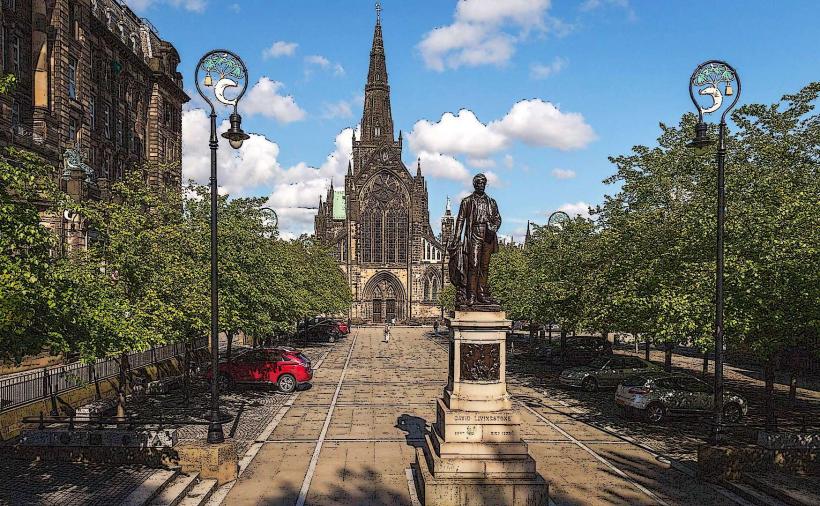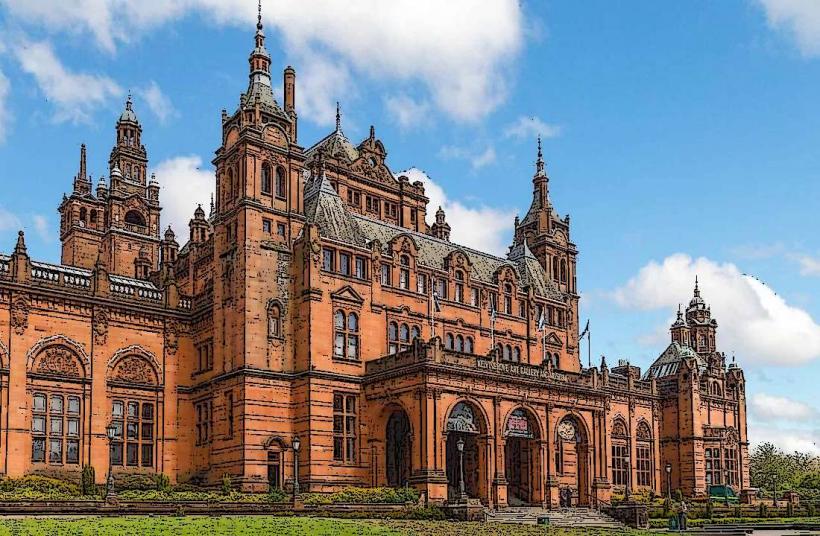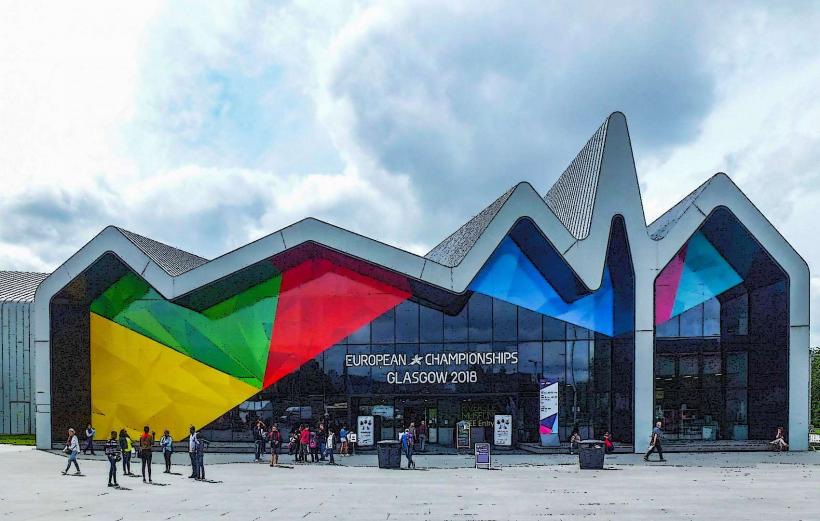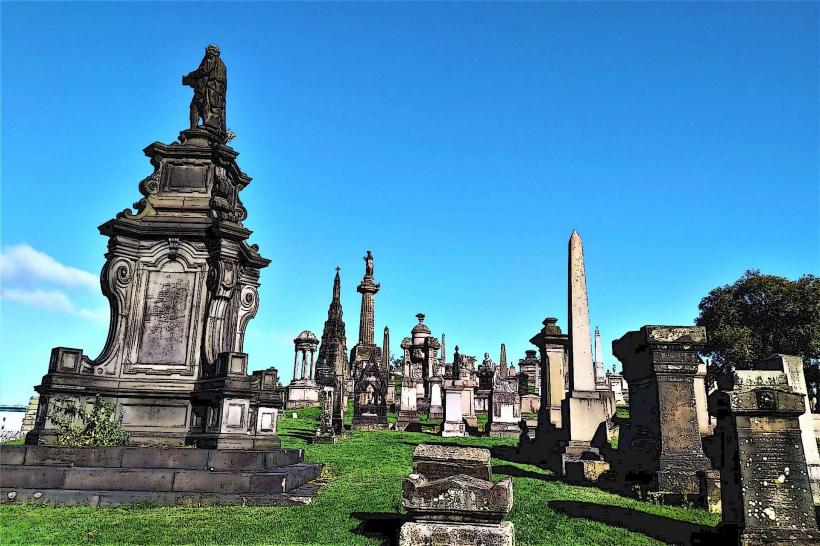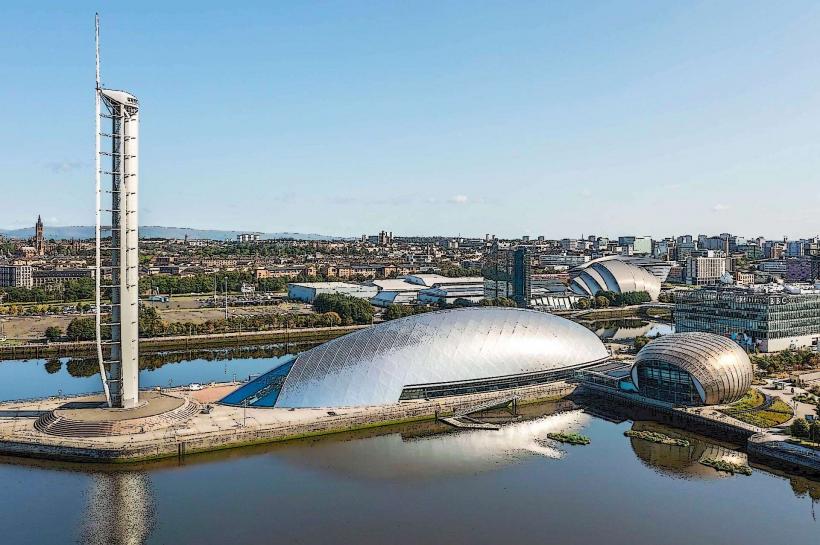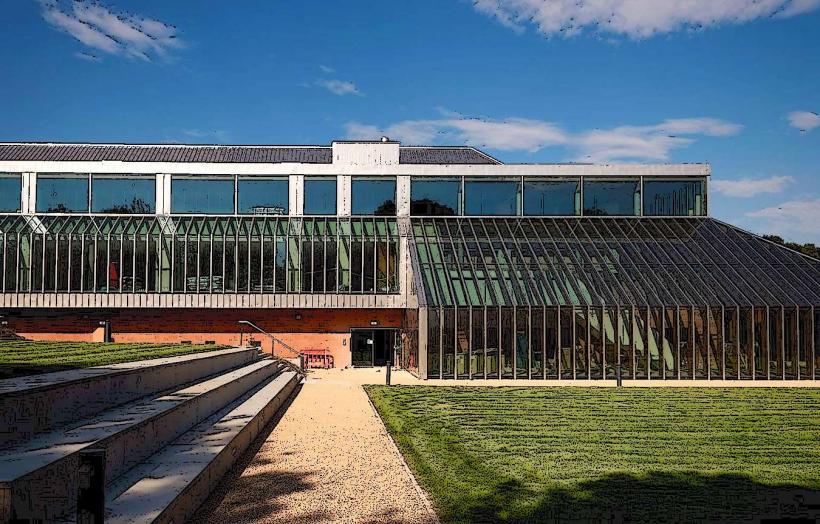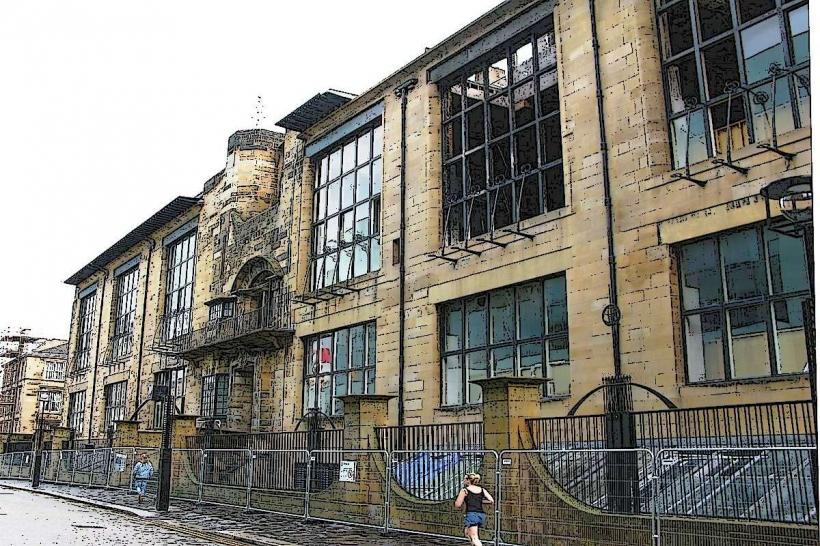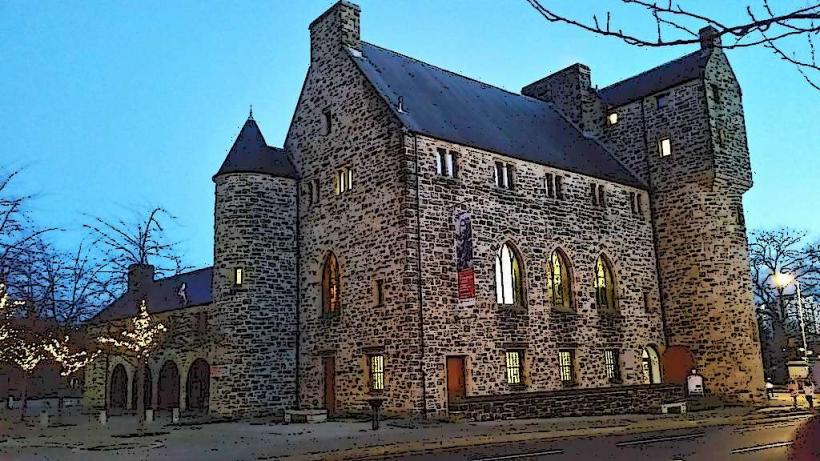Information
Landmark: George SquareCity: Glasgow
Country: United Kingdom
Continent: Europe
George Square is the principal civic square in the heart of Glasgow, Scotland, and one of the city's most iconic landmarks. Named after King George III, it is a key location for major events, public gatherings, and celebrations, as well as being surrounded by some of Glasgow's most important buildings. The square has a rich history, beautiful architecture, and continues to serve as an important public space in the city today. Here is a detailed overview of George Square, including its history, design, notable features, and cultural significance.
History and Origins
Early Development:
- George Square was designed in 1781 as part of Glasgow's urban expansion. At the time, the city was undergoing rapid growth due to the Industrial Revolution, and the square was intended as a central public space surrounded by grand buildings to reflect Glasgow’s newfound prosperity.
- The square was originally a residential area, with Georgian townhouses lining the sides. Over time, however, as Glasgow continued to industrialize and urbanize, the area became a key center for civic and commercial activity.
Naming:
- The square was named after King George III, who was the reigning monarch at the time of its creation. The name reflects the square's status as a prestigious space, situated at the heart of Glasgow’s city center.
Transformation into a Civic Space:
- Over the years, George Square gradually shifted from being a residential area to a public square for civic functions. By the 19th century, it became a focal point for public gatherings, protests, celebrations, and national events. The addition of statues, memorials, and other landmarks further enhanced its role as a central civic space.
Renovation and Modernization:
- The square underwent a significant renovation in the early 21st century, with improvements made to the landscaping, pedestrian access, and general infrastructure. The city aimed to make George Square more accessible and attractive, while also ensuring it remained a fitting space for important civic events.
Design and Layout
Architectural Style:
- The square is an example of Georgian and Victorian architecture, with a mix of styles reflecting the different periods in which the surrounding buildings were constructed. The buildings that line the square are characterized by neoclassical facades, stone columns, and grand, symmetrical designs, creating a stately, dignified atmosphere around the square.
- Some of the buildings surrounding the square include City Chambers (which houses the offices of the Glasgow City Council) and the Merchants House of Glasgow. These structures contribute to the square’s formal and monumental character.
Statues and Memorials:
- George Square is home to several important statues and memorials, commemorating significant figures in Scottish and British history. These include statues of famous individuals such as Queen Victoria, Sir Walter Scott, and Robert Burns, as well as a monument to Sir William Wallace, a key figure in Scottish history.
- One of the most notable statues is that of King George III, located at the center of the square. This statue, which was erected in 1811, was one of the earliest pieces of public art in Glasgow.
- Other notable statues include those of James Watt (the inventor who helped pioneer the steam engine and Glasgow’s industrial growth), John McAdam (a key figure in the development of modern road-building), and Lord Nelson.
Landscaping and Green Spaces:
- George Square is a pedestrianized space, making it ideal for public events, gatherings, and festivals. The square is bordered by flowerbeds, trees, and well-maintained grassed areas, adding an element of greenery to the urban landscape.
- The landscape design of the square is often altered to fit the occasion, with temporary structures, decorations, and displays erected for special events or celebrations. However, the square typically retains its stately and well-manicured appearance.
Cultural Significance
Civic Events and Celebrations:
- George Square is at the heart of many of Glasgow’s largest public events and celebrations. It is often the location for national celebrations such as New Year’s Eve parties, Hogmanay (Scottish New Year), and Christmas markets. During these times, the square is filled with lights, decorations, and festive activities, drawing large crowds.
- The square is also used for major political protests, rallies, and marches, making it a key venue for public demonstrations in Glasgow. It has witnessed many important moments in the city’s history, including Labour Party rallies, anti-war protests, and campaigns for independence.
Symbol of Glasgow’s Civic Identity:
- George Square plays a symbolic role in Glasgow’s civic life, representing the city’s identity and its rich history. It is often used for formal gatherings, including the swearing-in of new mayors, public announcements, and government celebrations. The Glasgow City Chambers, with its magnificent architecture, is an iconic feature of the square, housing the city’s administrative functions and serving as a symbol of Glasgow’s governance.
Cultural Events and Festivals:
- Throughout the year, the square hosts a variety of cultural festivals and art exhibitions, including the Glasgow International Festival of Visual Art. It also hosts musical performances, open-air theater, and temporary art installations. During the summer months, live music concerts and other events are often held, attracting crowds from both within the city and from abroad.
Tourist Attraction:
- George Square is one of the most visited landmarks in Glasgow, attracting tourists who come to admire the statues, historic buildings, and vibrant atmosphere of the square. The surrounding area is filled with shops, restaurants, and other attractions, making it a central hub for both locals and tourists.
Surrounding Landmarks and Points of Interest
Glasgow City Chambers:
- The City Chambers, located at the south side of George Square, is one of Glasgow’s most famous and imposing buildings. This Victorian-era structure is known for its impressive stone facade, ornate interior rooms, and grand staircases. The building houses the offices of the Glasgow City Council and is open to the public for tours.
Merchant City:
- To the east of George Square lies the Merchant City, an area known for its Georgian architecture, historic buildings, and vibrant nightlife. This part of the city is home to many art galleries, boutiques, and restaurants, making it a popular destination for tourists and locals alike.
Glasgow Royal Concert Hall:
- Situated nearby, the Glasgow Royal Concert Hall is a major venue for concerts, performances, and events. The concert hall offers an excellent program of live music, from classical to contemporary genres, and is an important part of Glasgow’s cultural life.
Theatre Royal Glasgow:
- Another nearby landmark is the Theatre Royal Glasgow, one of Scotland’s oldest and most prestigious theaters. It regularly hosts West End shows, classical music performances, and drama productions, contributing to the city’s lively performing arts scene.
Accessibility and Visitor Information
Transport Links:
- George Square is centrally located and is well-served by public transport. It is easily accessible by bus, train, and the Glasgow Subway, with the Buchanan Street shopping area and Queen Street Station just a short walk away. The square is also well-connected by cycle lanes and is a popular starting point for walking tours of the city center.
Visitor Facilities:
- The square has a number of cafes, shops, and restaurants nearby, where visitors can take a break while exploring the area. The Glasgow Tourist Information Centre is also located close to George Square, offering maps, brochures, and helpful information for tourists.
Opening Hours:
- George Square is open to the public year-round and is always accessible, although specific events may have different timings or restrictions. The square is also a key venue for seasonal events, with many festivities taking place during holidays like Christmas and Hogmanay.
Conclusion
George Square is not only a symbol of Glasgow’s rich history and civic pride, but it also serves as a vibrant public space that brings together locals and visitors alike. Surrounded by stunning architecture, historic statues, and a wealth of cultural institutions, George Square remains one of Glasgow’s most important landmarks, hosting everything from festivals and civic events to political rallies and family gatherings. Whether you're interested in history, architecture, or simply enjoying the atmosphere of one of Glasgow's most iconic spaces, George Square offers something for everyone.

